The World's 6 Most Dangerous Jellyfish
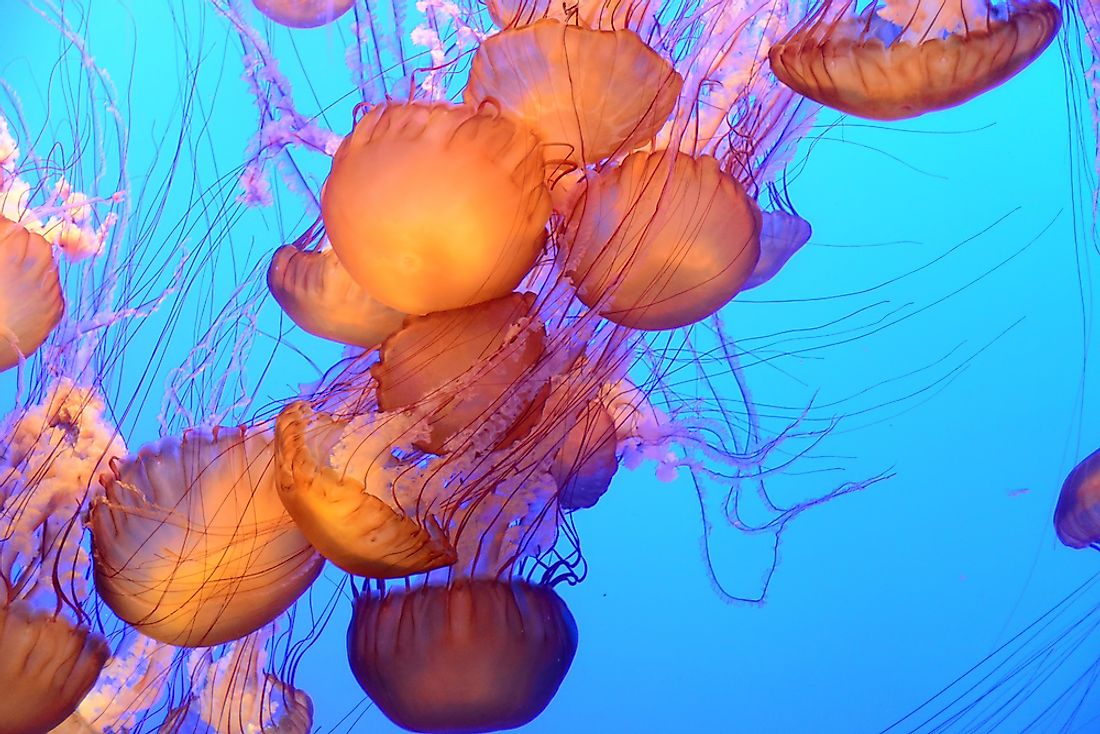
Many jellyfish species can cause mild to extreme reactions if they sting humans. Jellyfish are aquatic creatures classified in the phylum Cnidaria along with other sea creatures such as corals and sea anemones. The body of a jellyfish is about 95% water and 5% solid matter, and it lacks elaborate body systems like those found in most animals. The solid matter of the creature is composed of three layers:
- The epidermis which is the outer layer.
- The mesoglea which is a thick jelly-like middle layer.
- The gastrodermis which is the inner layer.
The jellyfish is capable of stinging using its tentacles. Stings by jellyfish can be treated in a variety of ways and it is advised to contact medical personnel when administering first aid measures. Removing the tentacles with objects such as a tweezers and sticks is advisable to avoid contact with bare skin. Vinegar is mostly used to neutralize the venom, and it can be substituted with sea water or baking soda. Gently shaving the affected area has the effect of getting rid of remaining nematocysts.
6. Lion's Mane jellyfish
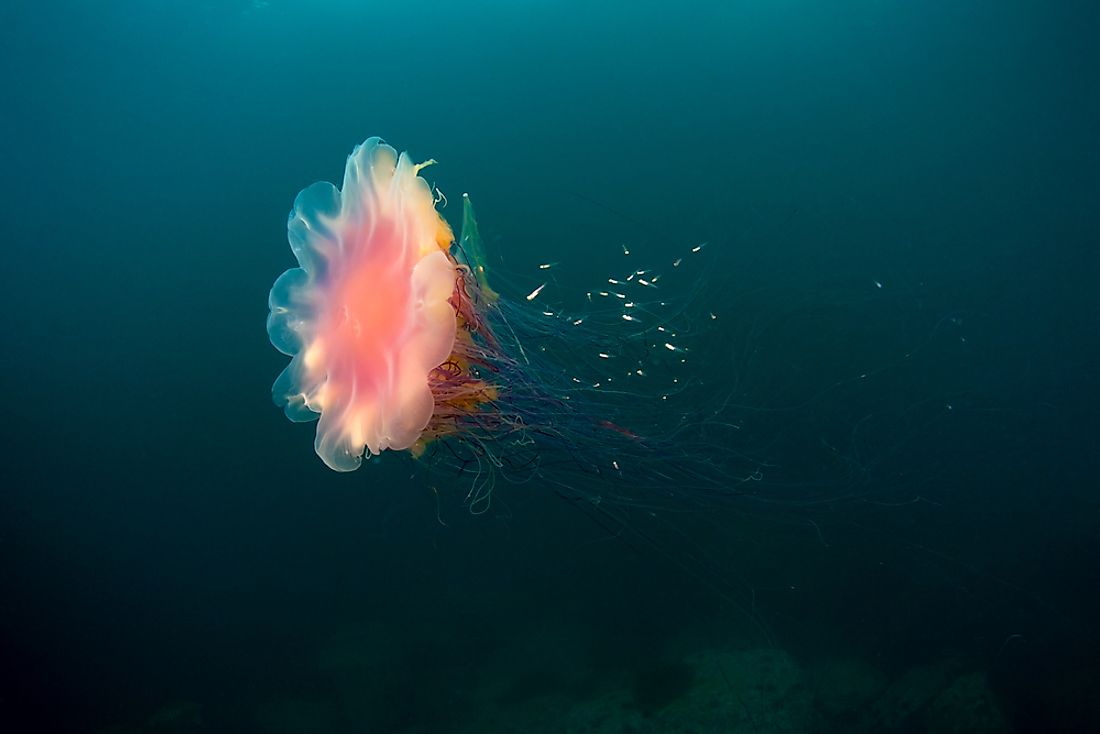
This jellyfish species is recognized as the largest of its kind. Its habitat range includes the northern Pacific and Atlantic Oceans, up to the Arctic Oceans. The maximum diameter of its bell is six feet and seven inches, while the largest species ever recorded was 120 feet in length. The tentacles of this jellyfish can be as long as 100 feet and are used for predation. However, stings from the lion's mane jellyfish are not fatal.
5. Cannonball jellyfish
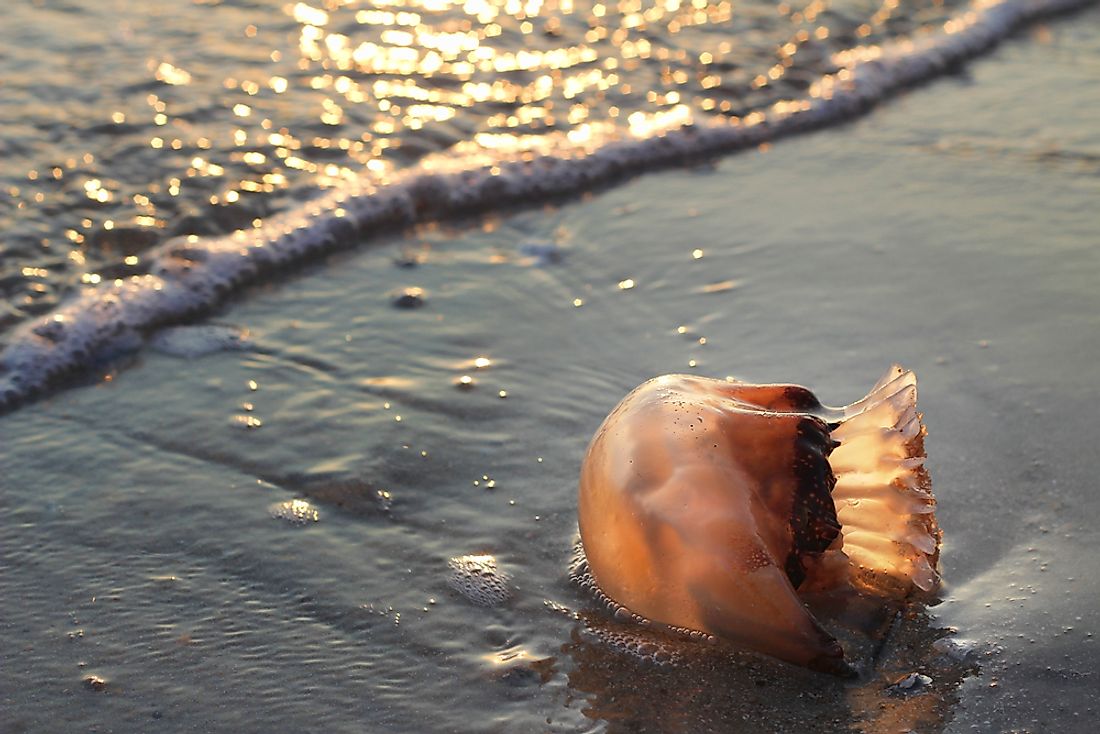
The cannonball jellyfish also goes by the name of cabbage head jellyfish. It is distinguished by a cannonball shape and a dome-shaped bell. The species has been recorded in the mid-west Atlantic Ocean and the east-central and the northwest Pacific Ocean. It feeds mainly on zooplankton including veligers. Cannonball jellyfish is toxin producing, and its sting can lead to cardiac ailments in humans.
4. Moon jellyfish
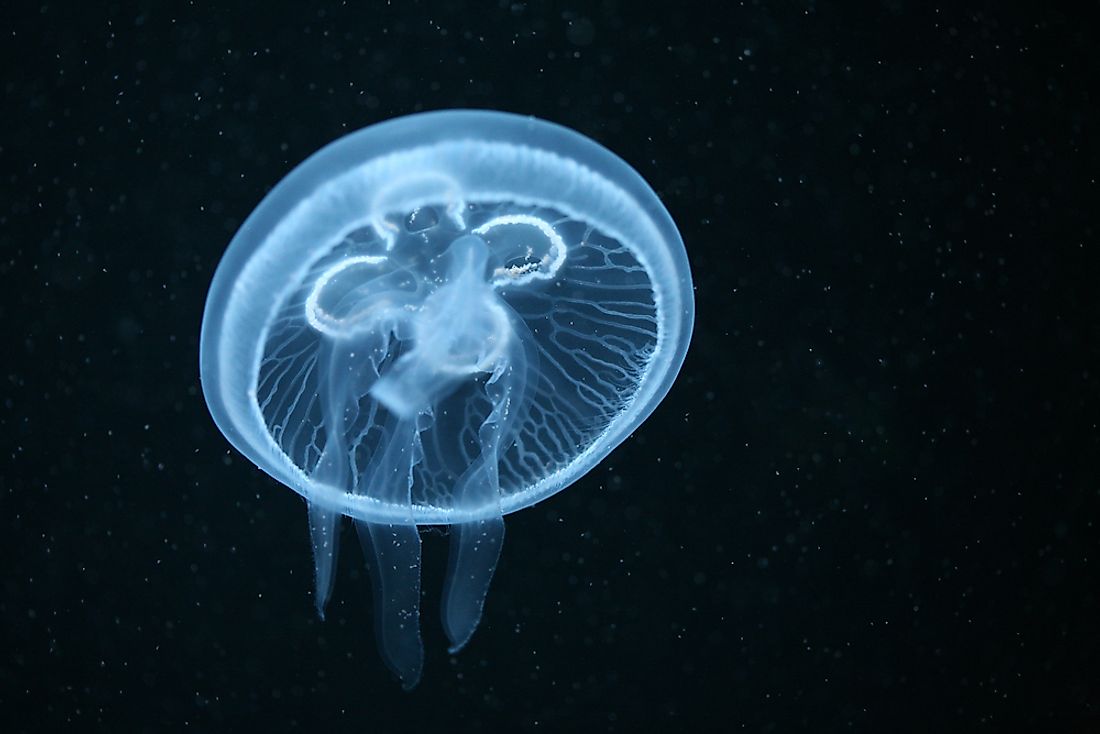
The moon jellyfish (Aurelia aurita) is a translucent jellyfish species inhabiting the world’s oceans. The species grows to between 10-16 inches in diameter. They are notable for their exquisite coloring. The moon jellyfish uses their tentacles to hunt carnivorous prey, primarily plankton and other small creatures. This species lives only for a few months, most likely for a maximum of six.
3. Sea Nettle
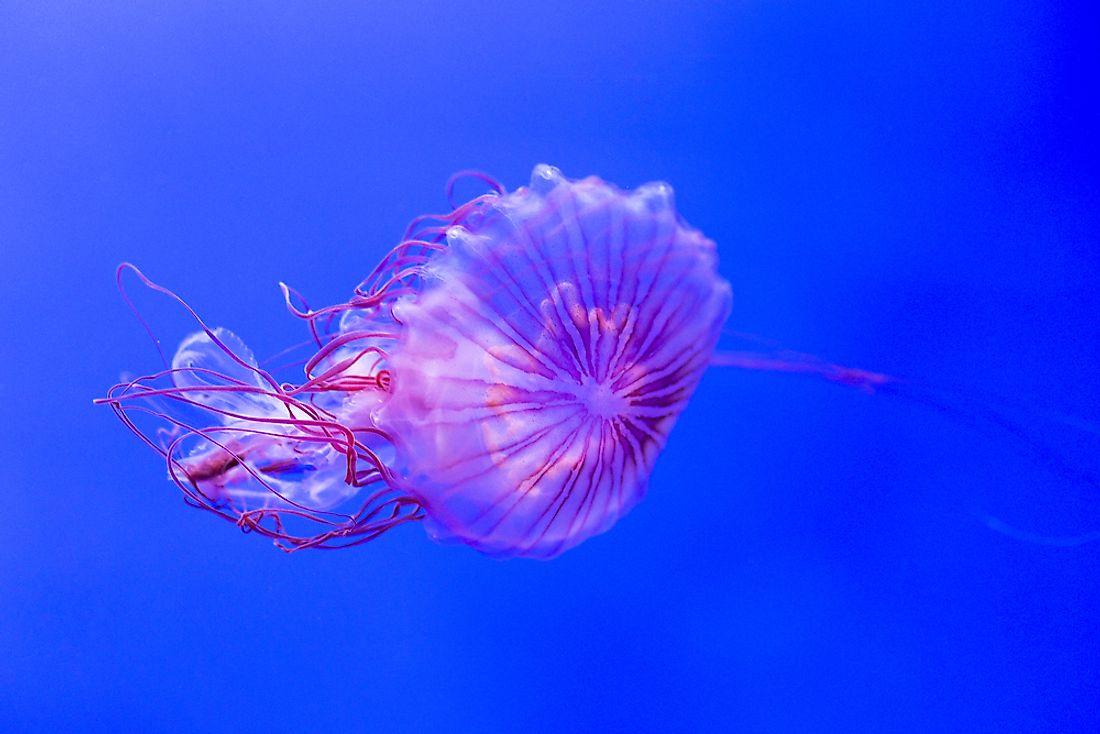
The sea nettle species of jellyfish prefer the open waters of the Pacific, Atlantic, and Indian Oceans. They vary in physical characteristics depending on their habitat, but they can be distinguished by their golden-brown bell which can be as long as three feet. Trailing behind the bell are tentacles which can reach a length of 15 feet. The sea nettles use stinging cells while hunting, which are very painful to humans.
2. Box jellyfish
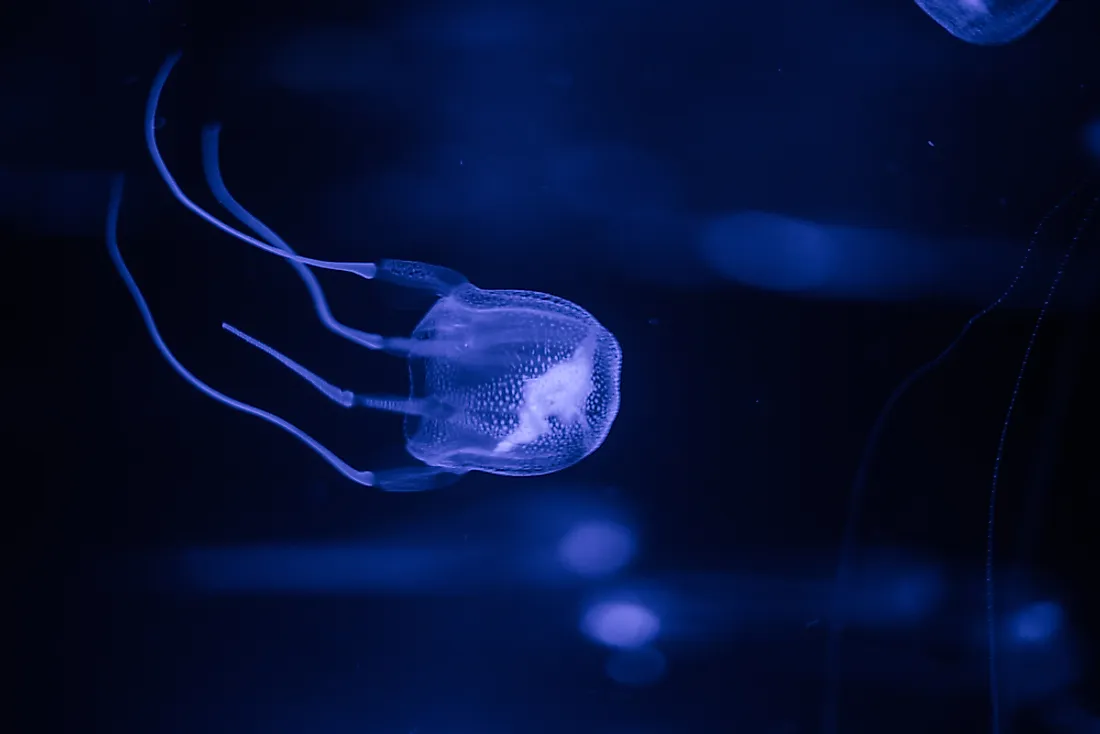
Several species of the box jellyfish have been identified as having lethal venom. The species inhabit tropical and subtropical oceans, but the dangerous ones mainly prefer the Indo-Pacific region. The box jellyfish rely on the poison from its tentacles to hunt and defend itself. Some species of the box jellyfish have been blamed for human deaths while other species have no effect on humans.
1. Irukandji jellyfish
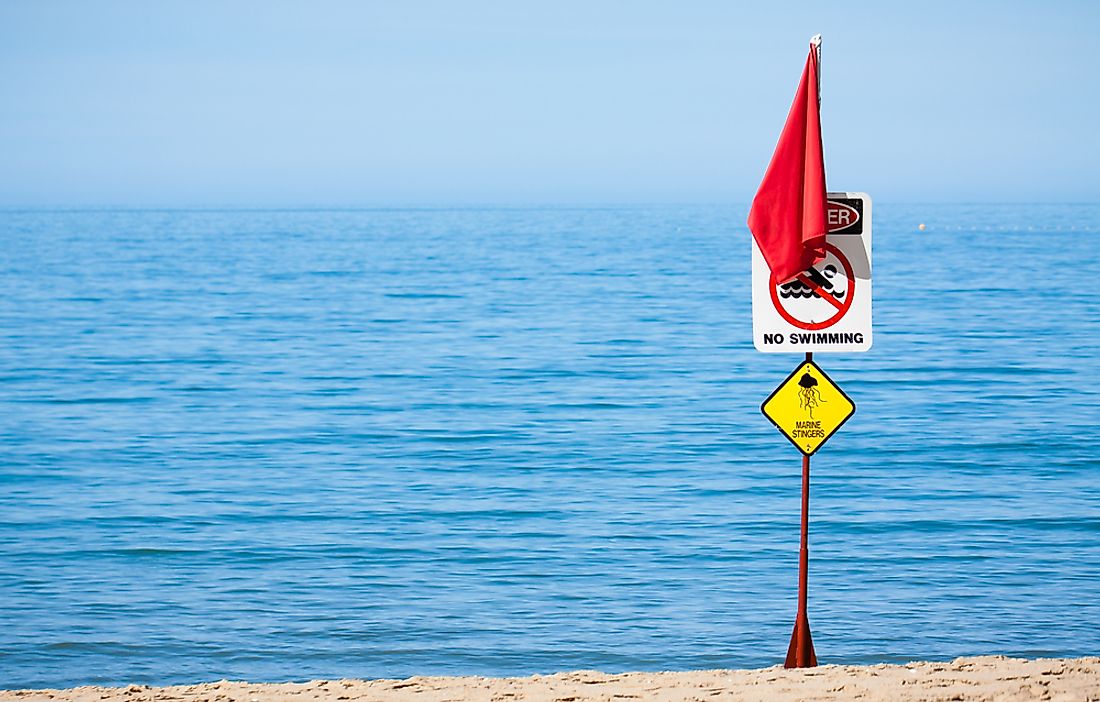
Scuba divers and snorkelers are perhaps the most cautious about irukandji jellyfish as they are the most venomous of their kind. Populations of this jellyfish exist in the marine waters of the United States and Australia. It is a small creature at only 0.06 cubic inch, making it hard to spot. The Irukandji Jellyfish is responsible for the Irukandji syndrome which manifests as a headache, nausea, muscle, and abdominal pain, hypertension, backache, vomiting, chest pains, and pulmonary edema. The syndrome can lead to death if untreated.











